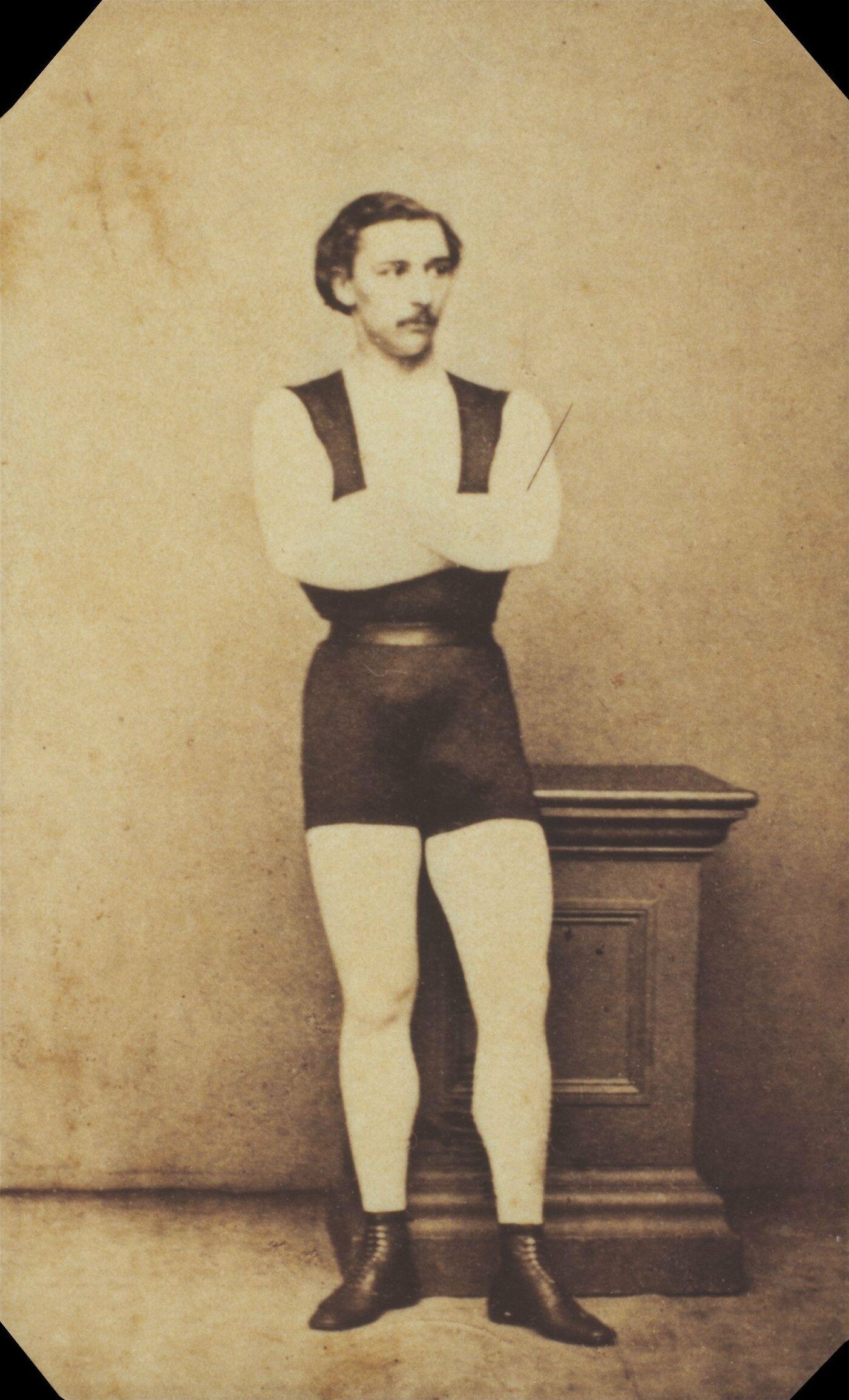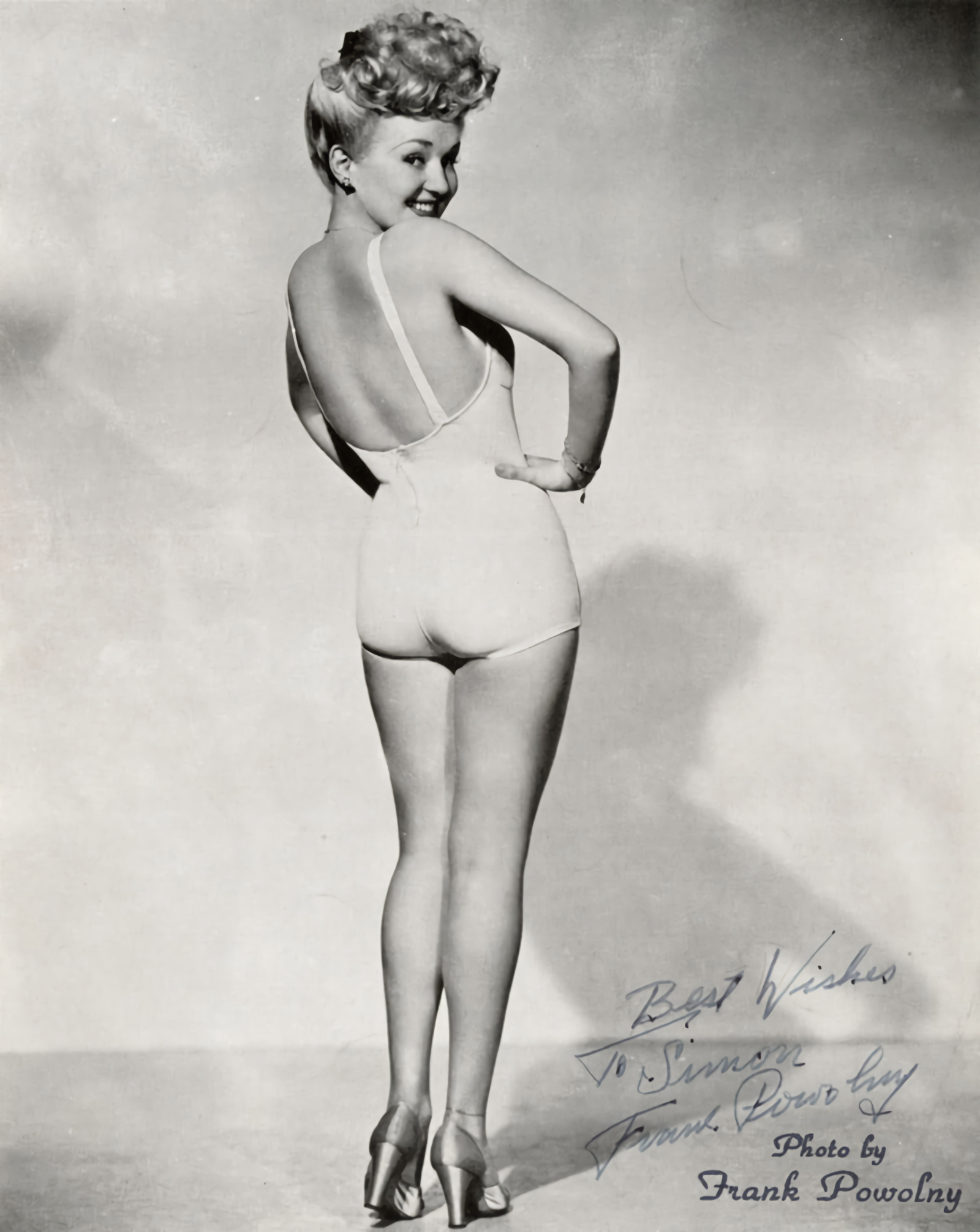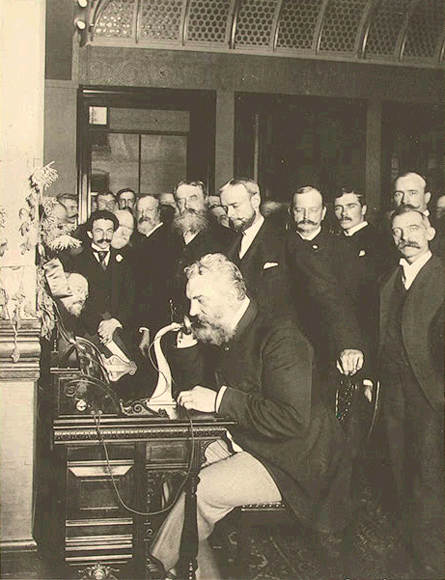One way to gain some immortality is by having something named for you. Unfortunately, not every geographic, invention, species or other item that is an eponym is known for the person behind the name. A good example are some words we use to measure temperatures.
In the United States and a few other countries we measure the temperature inside and outside in Fahrenheit. But it would be unusual for an American to know that it was Daniel Gabriel Fahrenheit
(1686–1736), a Dutch physicist is be the source of that measurement. It was the first standardized temperature scale to be widely used. Mr. Fahrenheit also the invented alcohol and mercury thermometers that most of us have used (pre-digital). In his temperature scale, 0 degrees marks the temperature of a 1:1 mix of ice and salt.
Most of the world measures temperature using the scale created by Anders Celsius (1701–1744). He was a Swedish astronomer and professor at Uppsala University. His Celsius (also called centigrade) temperature scale marks 0 degrees as the temperature at which water freezes, and 100 as when it boils.
Americans traveling outside their homeland are always baffled at readings in Celsius. To convert temperatures in degrees Fahrenheit to Celsius, you can subtract 32 and multiply by .5556 (or 5/9).
Example: (50°F - 32) x .5556 = 10°C. But that is tough math for most of us without a calculator. Nowadays, people are more likely to ask their phone to do it for them. "Siri, what is the current temperature in celsius?" AS I am typing this, my thermometer says 78 degrees, and Siri tells me it is 26 Celsius.
William Thomson (1st Baron Kelvin and popularly known as Lord Kelvin) was a Scots-Irish mathematical physicist and engineer. He was born in Belfast in 1824. His work at the University of Glasgow in the mathematical analysis of electricity and formulation of the first and second laws of thermodynamics helped unify the emerging discipline of physics in its modern form. His work on the transatlantic telegraph project gained him a knighthood, so he was also Sir William Thomson.
But it is for his work on absolute temperatures that units of kelvin were named for him. The lower limit to temperature (absolute zero) was known prior to his work, but Thomson determined its correct value as approximately −273.15 degree Celsius or −459.67 degree Fahrenheit and gave us our third temperature scale. In this scale, 0 is equivalent to absolute zero, the theoretical coldest temperature possible. It isn’t measured by degrees, but by individual kelvins.
 |
| Red Cubanelle chili peppers |
American pharmacist Wilbur Scoville gave us another kind of "temperature" measurement. This one won't show up on a thermometer but on your tongue, and it matters when you are eating foods with hot peppers. Scoville Heat Units (SHU) are used to measure the "heat" of
Capsicum.
He devised the test and scale in 1912 while working at the Parke-Davis pharmaceutical company to measure pungency, "spiciness" or "heat", of various chili peppers.
The common sweet bell pepper is measured at 0 Scovilles, so it is very mild. The world's most popular chili pepper is the jalapeno chili pepper which is measured at 2,500 - 8,000 Scovilles. A chipotle is a smoked jalapeno chili pepper. The serrano pepper can range from 5,000 - 23,000 Scovilles. This smaller version of the jalapeno can be dark green to reddish in color.
Chili peppers vary in heat based on their cultivation and harvesting. The New Mexico Scorpion is a super-hot chile rated at 1,191,595 Scoville Heat Units by an independent laboratory. And the Naga Viper (capsicum chinense) has been rated at 1,382,118 SHU, according to tests conducted by the Warwick HRI Mineral Analysis Laboratory, UK.
But, according to
chilipeppermadness.com, the Carolina Reaper has a Guinness-submitted 1,569,383 SHU and more recently measured peak levels of over 2,200,000 SHU to top the super-hot chili charts.




































